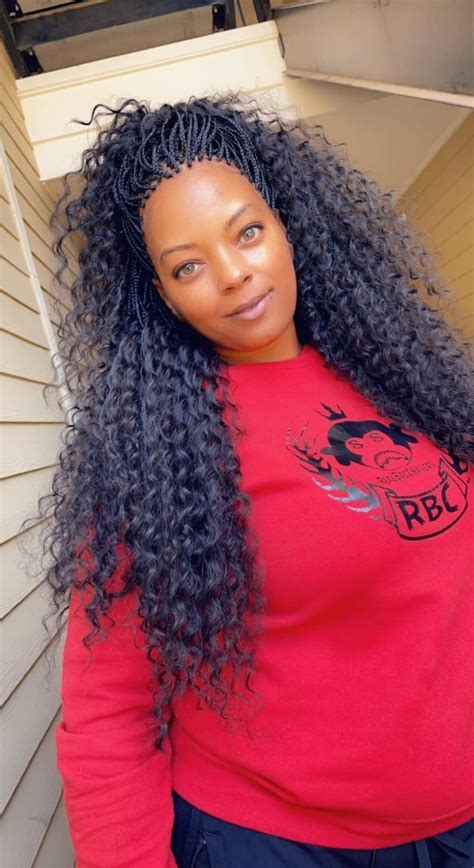Introduction
Unlock the secrets of hair for tree braiding human with this comprehensive guide. From selecting the perfect hair to mastering intricate braiding techniques, we’ve got you covered. Embark on a journey to transform your tresses into a breathtaking work of art!

Section 1: Choosing the Perfect Hair
1. Synthetic vs. Human Hair:
- Synthetic Hair: Cost-effective, widely available, and comes in vibrant colors.
- Human Hair: Natural, blends seamlessly, but more expensive and requires proper care.
2. Hair Length and Texture:
- Long Hair: Ideal for intricate braids and cascading styles.
- Medium Hair: Versatile, suitable for both braids and loose hairstyles.
- Short Hair: Requires careful braiding techniques, best for smaller or accent braids.
3. Color and Pattern:
- Consider your natural hair color and skin tone for a harmonious look.
- Experiment with different patterns and designs to create unique and eye-catching braids.
Section 2: Essential Braiding Techniques
1. Basic Braid:
- Use three strands of hair, cross the left over the middle, then the right over the middle.
- Continue alternating strands to create a classic braid.
2. French Braid:
- Start with a regular braid and gradually incorporate sections of hair from the sides.
- Pull the hair strands tightly to create a raised effect.
3. Fishtail Braid:
- Divide hair into two sections and take a small section from the outside of the left section, cross it over and attach it to the inside of the right section.
- Repeat on the other side to create a unique zigzag pattern.
4. Tree Braids:
- Requires three or more strands of hair, depending on the desired thickness.
- Intertwine the strands in a circular motion to create a raised, intricate braid resembling a tree branch.
Section 3: Creative Braiding Ideas
1. Goddess Braids:
- Crown the head with a halo of thick, intricate braids.
- Use extensions or multiple strands of hair to create volume and drama.
2. Viking Plaits:
- Inspired by ancient Norse warriors, these thick, interwoven braids are characterized by their intricate patterns and often adorned with beads or metalwork.
3. Box Braids:
- Square-shaped braids created by dividing hair into sections and braiding each section individually.
- Provides versatility and endless styling options.
4. Bantu Knots:
- Small, rounded knots created by wrapping hair around itself.
- Traditionally worn by women of African descent, they can be styled into various designs.
Section 4: Benefits and Considerations
Benefits:
- Enhance hair growth and reduce breakage.
- Protect hair from heat damage and environmental elements.
- Add length, volume, and color without damaging natural hair.
Considerations:
- Can be time-consuming and require professional assistance for complex styles.
- Proper maintenance and care are essential to avoid matting and tangles.
- May not be suitable for all hair types or scalp conditions.
Section 5: FAQs
-
How often should I wash my braids?
– Avoid washing braids too frequently, as it can loosen them and cause frizz. Aim for 1-2 washes per month. -
Can I sleep with braids in?
– Yes, but use a satin or silk pillowcase to reduce friction and prevent tangles. -
How can I prevent my braids from frizzing?
– Apply a moisturizing serum or spray to the braids to hydrate and seal in moisture. -
How long do braids last?
– Braids can last 4-8 weeks, depending on the type of braid, hair care routine, and environmental factors. -
What are the alternative materials for hair braiding?
– Kanekalon, feather, and wool are common alternatives to human or synthetic hair for braiding. -
Is it possible to braid hair that is shorter than shoulder-length?
– Yes, but shorter hair may require more skillful braiding techniques and may not be suitable for all braid styles. -
Can I dye my braids?
– Yes, but it is recommended to consult a professional hairstylist to avoid damaging the braids or natural hair. -
What are some creative ways to style braids?
– Add beads, ribbons, or other accessories to enhance the look. Tie braids into buns, ponytails, or updos for versatility.
